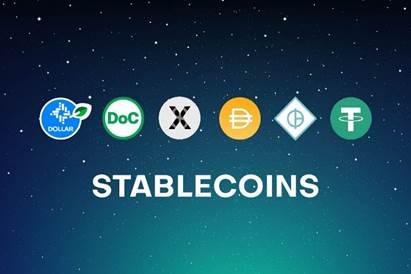Free Courses Sale ends Soon, Get It Now


Free Courses Sale ends Soon, Get It Now



Disclaimer: Copyright infringement not intended.
Context
What is Stablecoin?
Details
Importance
What are the risks of stablecoins?
Bottom line
https://www.ft.com/content/39681aa2-aa01-4d60-b399-8ecb236c627e
© 2024 iasgyan. All right reserved